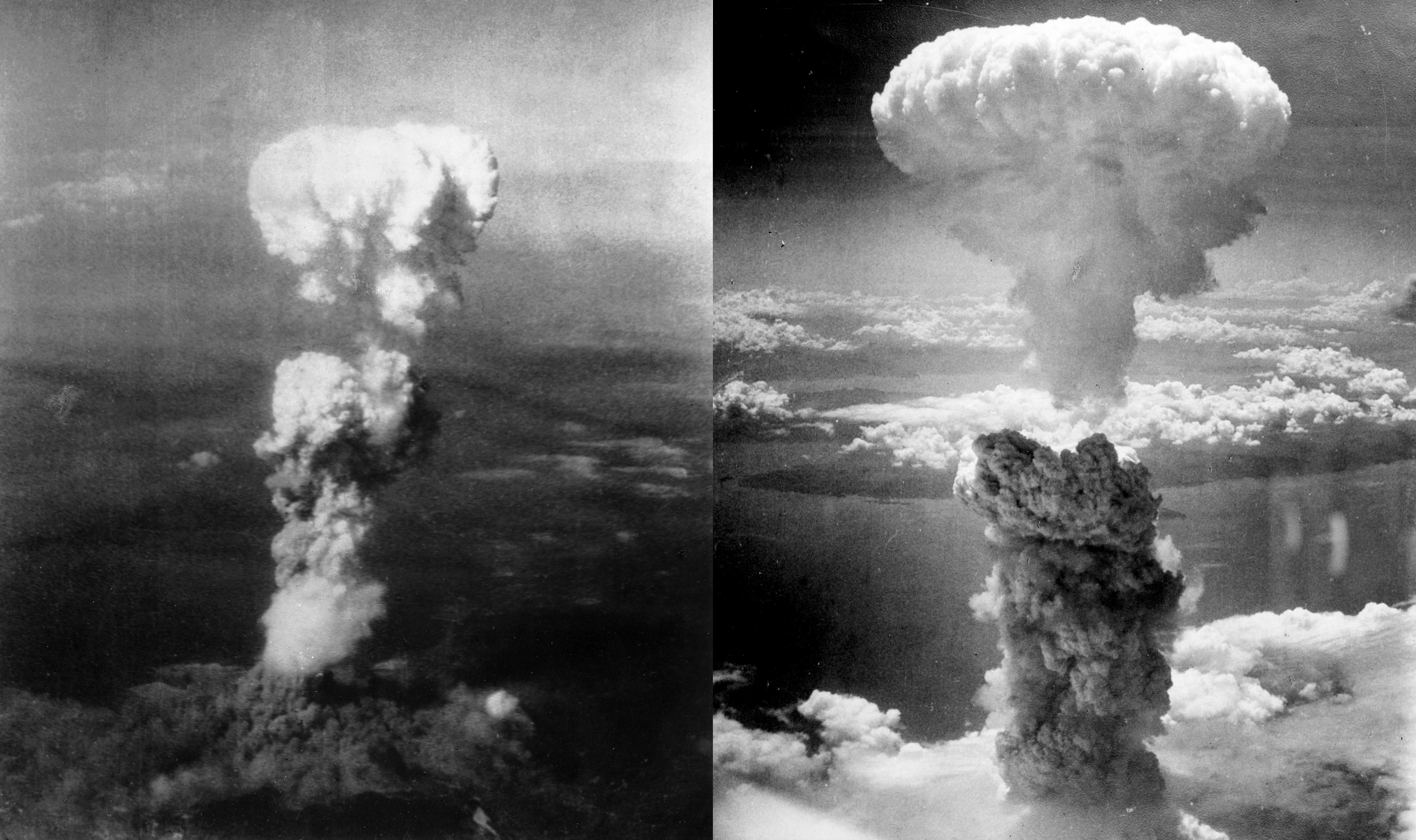In a 1985 essay in the Nation titled "Of Accidental Judgments and Casual Slaughters," Kai Erikson writes that one of the frightening aspects regarding the decision of the United States armed forces to drop atomic bombs on Japan was that even its main actors were disclaiming responsibility for the decision even as they were acting.
To the extent that leadership talked about in the historical literature, they spoke of the action as an inevitability. Even scientist-turned-peacenik Robert J. Oppenheimer said of the bomb that there was a natural assumption in the design of the thing that the U.S. forces were going to use it.
Following the United States' creation of the atomic bomb, the Soviet Union rushed to develop its own. This led to a worldwide race to build up nuclear arsenals. Now five countries have nuclear weapons: the U.S., Russia, China, France, the U.K., India, Pakistan, North Korea, and Israel.
The countries of Israel and Iran recently volleyed missiles at each other, and the United States bombed Iranian uranium facilities. These kinds of actions threaten world war. When nuclear powers are at play, it's high stakes, planetary survival. The scary thing about the decision to go nuclear is that people in power can decide to do it and make like it was inevitable.

No comments:
Post a Comment